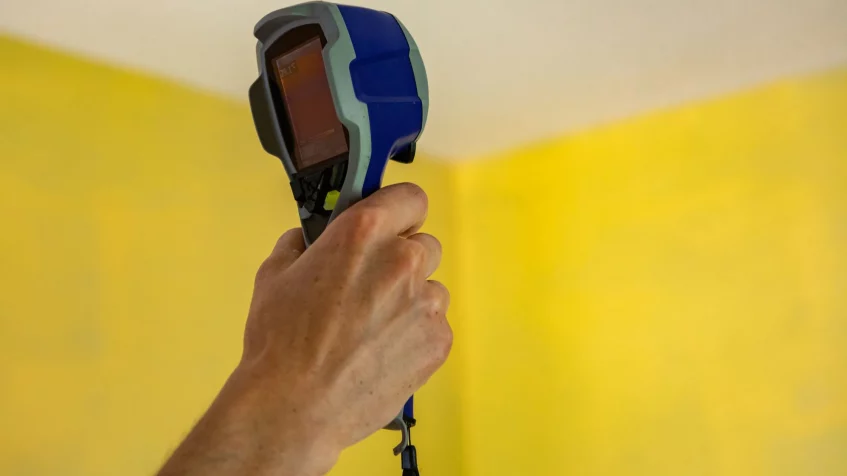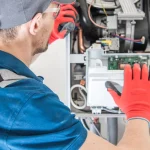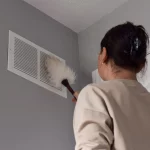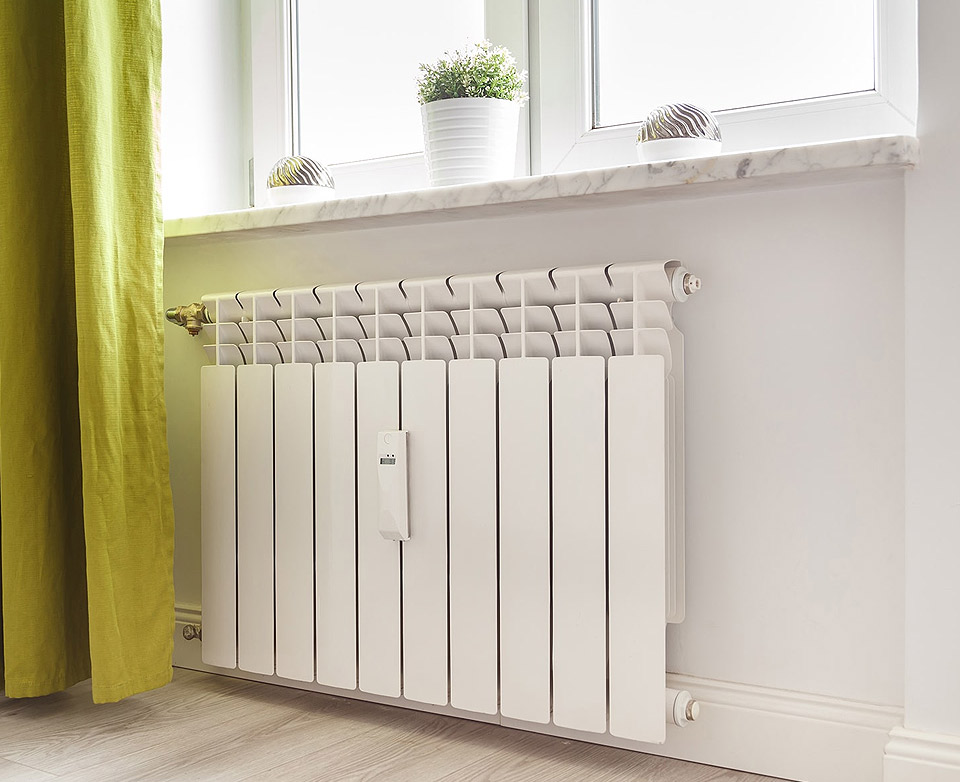
Indoor Air Quality Testing and Remediation: Your Path to Clean Air and a Healthier Home
In the quest for a healthy home, we often focus on factors like cleanliness, organization, and perhaps the occasional feng shui arrangement. However, there’s an often overlooked yet paramount element that significantly impacts our well-being — indoor air quality (IAQ). The air circulating within the confines of our homes can harbor a cocktail of pollutants, ranging from mold spores to volatile organic compounds (VOCs), and understanding how to test and remediate these issues is crucial for fostering a truly healthy living space. In this blog post, we’ll embark on a journey through the realms of indoor air quality, exploring its importance, methods of testing, and effective remediation strategies. So, buckle up as we venture into the science of cleaner, fresher air right in the heart of your home.
The Unseen Culprits: Understanding Indoor Air Quality
We often associate air pollution with smoggy cityscapes or industrial areas, but the air inside our homes can be equally, if not more, polluted. The culprits are often invisible, microscopic invaders that compromise our indoor air quality, leading to a plethora of health issues over time. Dust mites, pet dander, mold spores, and volatile organic compounds are just a few of the potential contaminants lurking in the air we breathe within the supposed safety of our homes.
The Silent Threat: Common Indoor Pollutants
Mold, a common indoor pollutant, thrives in damp and dark environments. Beyond its unsightly appearance, mold releases spores into the air, and when inhaled, these spores can trigger respiratory problems and allergies. Dust mites, microscopic arachnids that feed on dead skin cells, are another unseen threat. Found in bedding, upholstered furniture, and carpets, dust mites can exacerbate allergies and respiratory conditions.Volatile organic compounds, or VOCs, add another layer of complexity to indoor air quality concerns. These compounds are emitted as gases from certain solids or liquids, and they’re present in everyday items such as paints, cleaning products, and new furniture. Prolonged exposure to VOCs can contribute to a range of health issues, from headaches and dizziness to more severe long-term effects on respiratory and neurological systems.
The Need for Testing: Unveiling the Invisible Threats
Given the invisible nature of many indoor pollutants, testing becomes an essential step in ensuring the air within our homes is safe to breathe. While some signs of poor air quality may be apparent, such as a musty odor or visible mold growth, many pollutants remain undetectable to the naked eye. Fortunately, there are various methods to assess indoor air quality, catering to different needs and budgets.For a preliminary assessment, do-it-yourself (DIY) home testing kits are readily available. These kits typically measure common pollutants like mold spores, allergens, and VOCs. They offer a cost-effective way to gauge the general air quality in your home. However, for a more in-depth analysis, especially if you suspect specific pollutants or want a comprehensive overview, investing in professional testing is advisable.
DIY vs. Professional Testing: Deciding Your Approach
DIY testing kits are user-friendly and often come with clear instructions. They typically involve collecting air or surface samples and sending them to a laboratory for analysis. While these kits can provide valuable insights, it’s essential to follow the instructions meticulously to ensure accurate results.Professional testing, on the other hand, involves hiring certified indoor air quality professionals. They use advanced equipment to conduct thorough assessments, providing a detailed analysis of the air quality in your home. Professional testing is especially recommended if you have specific concerns or if DIY results indicate potential issues that require further investigation.
Remediation Strategies: Clearing the Air
Once you’ve identified the culprits affecting your indoor air quality, the next step is remediation. The approach will vary depending on the type and severity of the issue, but here are some general strategies to guide you in creating a healthier home environment:
- Improve Ventilation: Adequate ventilation is crucial for maintaining good indoor air quality. Ensure proper airflow by opening windows and doors regularly. Consider using exhaust fans in areas prone to high humidity, such as bathrooms and kitchens.
- Use Air Purifiers: Air purifiers equipped with HEPA filters can effectively capture particles like dust, pollen, and pet dander. Some purifiers also include activated carbon filters designed to adsorb VOCs and other gases.
- Control Humidity: Mold thrives in damp conditions, so controlling humidity is key to preventing its growth. Keep indoor humidity levels between 30-50% by using dehumidifiers in damp areas and addressing leaks promptly.
- Regular Cleaning: Dust and vacuum your home regularly to minimize the accumulation of dust mites, pet dander, and other allergens. Pay special attention to carpets, upholstery, and bedding.
- Choose Low-VOC Products: When renovating or redecorating your home, opt for products with low or no VOC emissions. Look for eco-friendly paints, adhesives, and cleaning supplies to minimize the introduction of harmful compounds into your living space.
Maintaining a Healthy Indoor Environment: A Continuous Effort
Creating and maintaining a healthy indoor environment is an ongoing process that requires diligence and commitment. Regular HVAC system maintenance, prompt addressing of leaks or water damage, and the conscientious selection of household products all contribute to a healthier indoor space.
In conclusion, the quality of the air we breathe inside our homes is a fundamental factor influencing our health and well-being. By understanding the significance of indoor air quality, testing for pollutants, and implementing effective remediation strategies, you can create a living space that promotes good health and a higher quality of life. Don’t wait until the air you breathe becomes a silent threat; take the first step towards a healthier home today by prioritizing the air you breathe. After all, clean air is the foundation of a truly healthy home.










